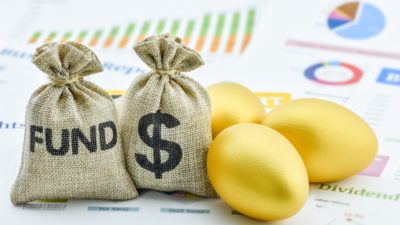The Canada Recovery Benefit (CRB) is a net of 10% withholding tax when you receive the money. Your previous Canada Emergency Response Benefit (CERB) was taxable, too, except that you got the gross amount. For CRB, the Canada Revenue Agency (CRA) is deducting the tax upfront in every payment.
CERB is before tax money, while CRB is after-tax money. Both have tax implications. Recipients of both must include the payments as income when filing individual tax returns for the 2020 or 2021 income years.
Your tax bill
The CRA considers CERB as a taxable income. CRB gets the same treatment from the tax agency. But with CRB, the CRA follows the procedure when claiming the traditional unemployment insurance where the government takes a small amount of tax.
Regarding the tax bill when claiming your CRB, the 10% tax withheld at the source may not be all the tax you need to pay. After completing your income tax return, the total tax amount will depend on how much income you earned for the year. Thus, you’re liable for any taxes due on the income. It could be more (or less).
In receiving any amount from CRA-administered COVID-19 benefits, the tax agency will provide all individual recipients with a T4A tax information slip at tax time.
CRB reimbursement
You may earn employment or self-employment income while receiving CRB. However, there’s a limit on how much income, excluding CRB payments, you can keep. If your net income without CRB is over $38,000, you must reimburse the CRA $0.50 of the benefit for every dollar of net income that you earned above the limit.
The CRA clarifies that net income includes CERB, Canada Recovery Sick Benefit (CRSB), and Canada Recovery Caregiving Benefit (CRCB), but not CRB.
Growing and expanding
Assuming you have $13,000 free cash (equivalent to total gross CRB), the money can work for you. Earn extra income by investing in a cheap but super dividend payer. Canadian Western Bank (TSX:CWB) trades at $27.79 per share — almost a 10% discount. The dividend yield is 4.44%. Over the last 20 years, the CWB has returned 668.71%.
You can purchase nearly 468 shares for $13,000. The capital will produce $577.20 in extra income. Hold the bank for 20 years, and your money will compound to $30,994.21. If you want the earnings 100% tax-free, place it in a Tax-Free Savings Account (TFSA).
The seventh-largest bank in Canada has a market capitalization of $2.42 billion and strongest in the country’s western parts. It leads the banking industry in small and mid-sized equipment leasing. Also, the dividend payouts should be safe and sustainable, given the meagre 34.91% payout ratio.
According to Stephen Murphy, CWB’s executive vice-president, Banking, the boutique bank for business owners is in growth and expansion modes to meet its target market’s full needs.
CRB guide
CRB is available between September 27, 2020, and September 25, 2021, with 13 eligibility periods in all. Each one is a two-week period, and you’ll receive $900 (after taxes) for the period you applied for. There’s no automatic renewal, so you must apply for each period separately.









